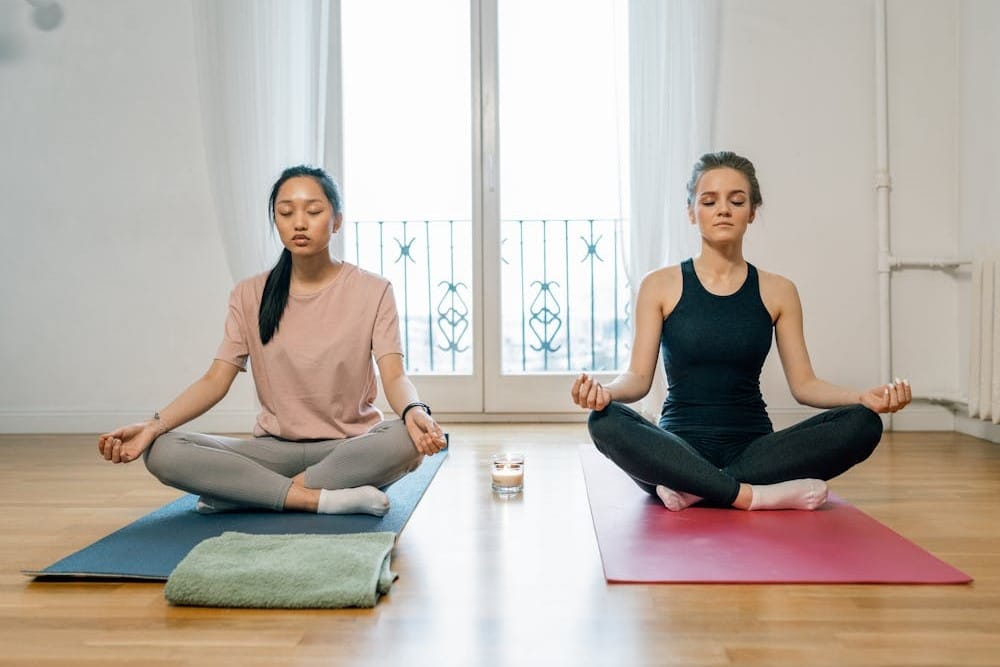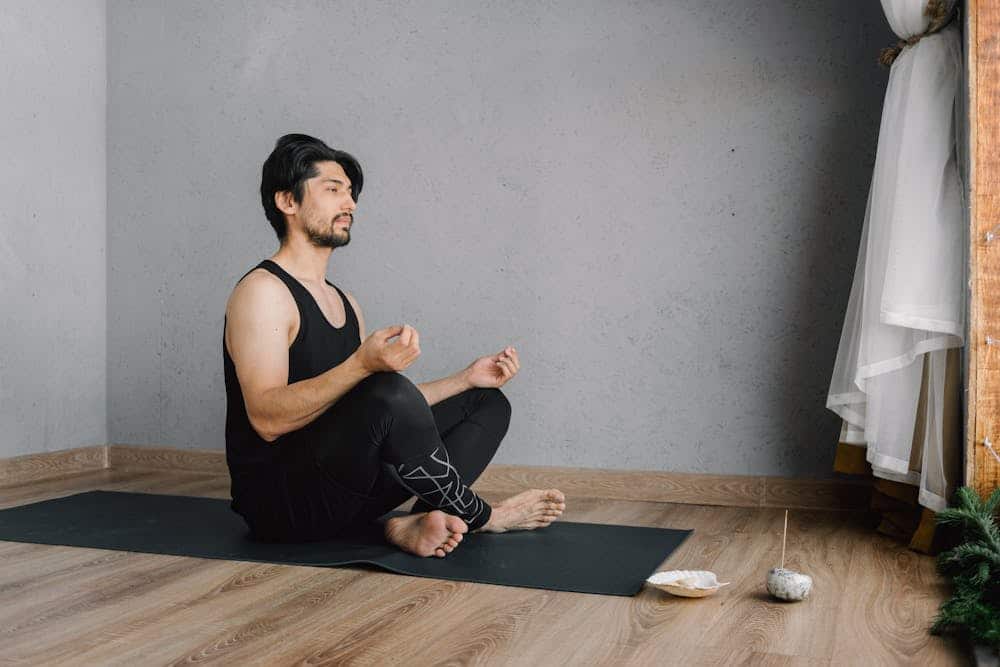16 Must-Try Meditation Techniques for Beginners
Starting meditation can feel a little overwhelming, but there are plenty of beginner-friendly techniques that make it easy to start reaping the benefits. Here are 16 simple and effective meditation techniques perfect for beginners looking to reduce stress, improve focus, and find inner peace.
1. Mindfulness Meditation

Mindfulness meditation is about staying fully present and aware of your surroundings, thoughts, and sensations. Sit comfortably, breathe naturally, and simply observe your thoughts as they come and go. The goal isn’t to stop thinking, but to notice your thoughts without judgment, creating a sense of calm and self-awareness.
2. Guided Meditation

In guided meditation, you follow along with a teacher or an audio guide. These guides lead you through visualization, breathing exercises, and mental focus techniques. It’s great for beginners as the guidance helps you stay focused and gives structure to your practice. Apps like Calm and Headspace offer a variety of guided meditations to get you started.
3. Breathing Meditation

This technique focuses on observing and controlling your breath. Take deep, slow breaths, inhaling through the nose and exhaling through the mouth. Pay attention to the sensation of each breath entering and leaving your body. It’s a simple practice that helps calm the mind and reduce stress.
4. Body Scan Meditation

Body scan meditation involves mentally “scanning” each part of your body, noticing any sensations, tension, or relaxation. Starting from the top of your head, work your way down to your toes. This technique promotes relaxation and increases bodily awareness, helping you release tension you may not have noticed.
Follow us for more of these articles.
5. Loving-Kindness Meditation (Metta)

Loving-kindness meditation focuses on cultivating feelings of compassion and kindness toward yourself and others. Begin by silently repeating phrases like “May I be happy, may I be healthy.” Then, extend these wishes to others, including loved ones, acquaintances, and even difficult people. This practice fosters positive emotions and reduces stress.
6. Mantra Meditation

In mantra meditation, you repeat a word, phrase, or sound (like “Om”) silently or out loud. Focusing on the repetition of the mantra helps quiet your mind and provides a point of focus. Many beginners find mantra meditation effective for staying centered and blocking out distracting thoughts.
Follow us for more of these articles.
7. Walking Meditation

For those who find sitting still challenging, walking meditation is a great option. Walk slowly and focus on each step, paying attention to the sensation of your feet touching the ground and the rhythm of your movement. This practice can be especially refreshing if done outdoors in nature.
8. Visualization Meditation

Visualization meditation involves picturing a peaceful scene or imagining yourself achieving a goal. As you visualize, try to engage all your senses to make the image more vivid. Visualization can help reduce anxiety and improve focus, making it a favorite among beginners who benefit from using their imagination.
Follow us for more of these articles.
9. Chakra Meditation

Chakra meditation focuses on the seven energy centers of the body, known as chakras. This practice involves visualizing each chakra and picturing energy flowing through it. Beginners can start by focusing on one or two chakras and gradually build up as they get more comfortable with the practice.
10. Sound Bath Meditation

Sound bath meditation uses sounds like gongs, bowls, or chimes to create a calming environment. The vibrations help soothe your mind and bring focus to the present moment. Many find the immersive quality of sound baths relaxing, and they can be a great way to experience meditation in a group setting.
Follow us for more of these articles.
11. Progressive Relaxation

Also known as progressive muscle relaxation, this technique involves tensing and then relaxing each muscle group in the body. Start at your toes and work up to your head, or vice versa. This method is especially helpful for relieving physical stress and unwinding after a long day.
12. Zen Meditation (Zazen)

Zen meditation, or Zazen, is a practice of simply sitting in stillness. The focus is on posture and breathing, with an emphasis on just being present. Beginners can start with short sessions, focusing on keeping a straight spine and a calm, steady breath. It’s a minimalist approach that builds discipline and focus.
Follow us for more of these articles.
13. Mindful Eating Meditation

Mindful eating meditation involves focusing on each bite of food, noticing its taste, texture, and aroma. This technique helps you develop a greater appreciation for food and encourages mindful eating habits. It’s perfect for beginners because it doesn’t require sitting still and allows you to incorporate meditation into a daily activity.
14. Noting Meditation

In noting meditation, you simply “note” or label each thought or feeling as it arises, such as “thinking,” “planning,” or “feeling.” This labeling helps create space between you and your thoughts, reducing reactivity and promoting self-awareness. It’s a straightforward technique that’s easy to incorporate into any practice.
Follow us for more of these articles.
15. Affirmation Meditation

Affirmation meditation involves repeating positive affirmations to reinforce positive beliefs. Choose a phrase like “I am calm and centered” or “I am open to peace” and repeat it throughout your meditation. This practice is great for beginners looking to build confidence and reduce stress through positive thinking.
16. Five Senses Meditation

The five senses meditation grounds you by focusing on what you see, hear, feel, smell, and taste in the present moment. Take a few minutes to identify something you notice with each of your senses. This technique brings you fully into the present and is great for grounding during stressful moments.
Like our content? Be sure to follow us!






